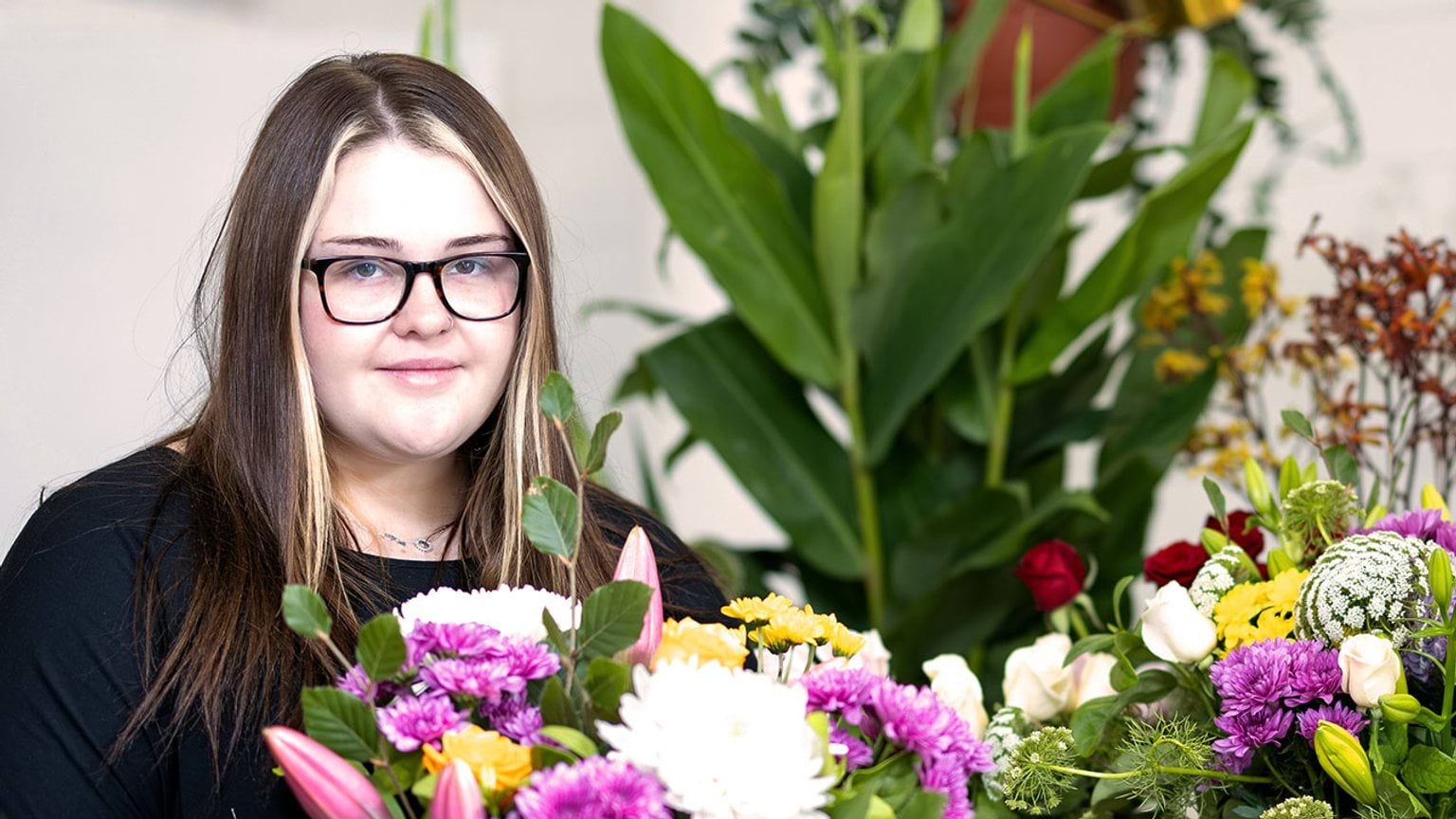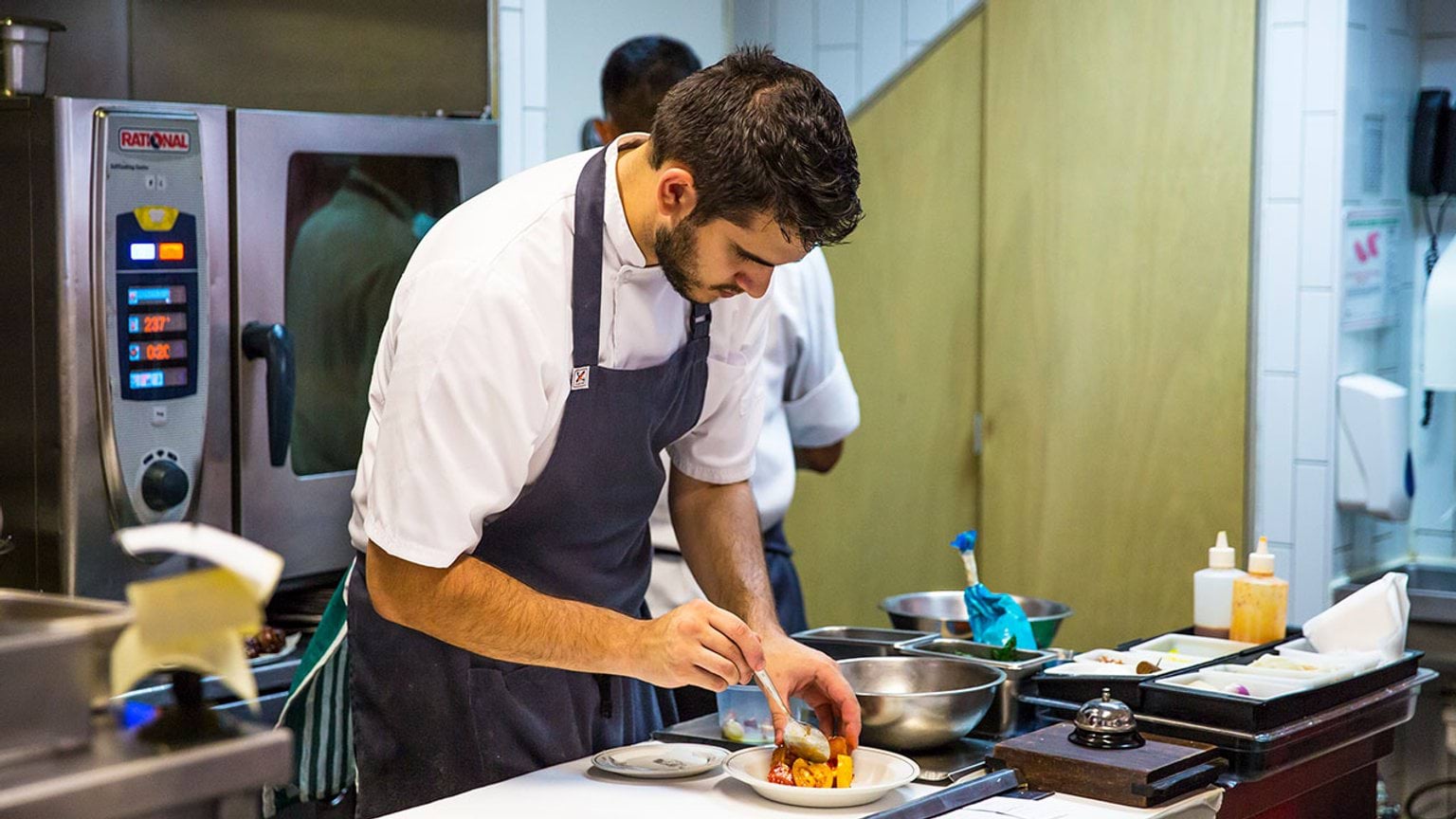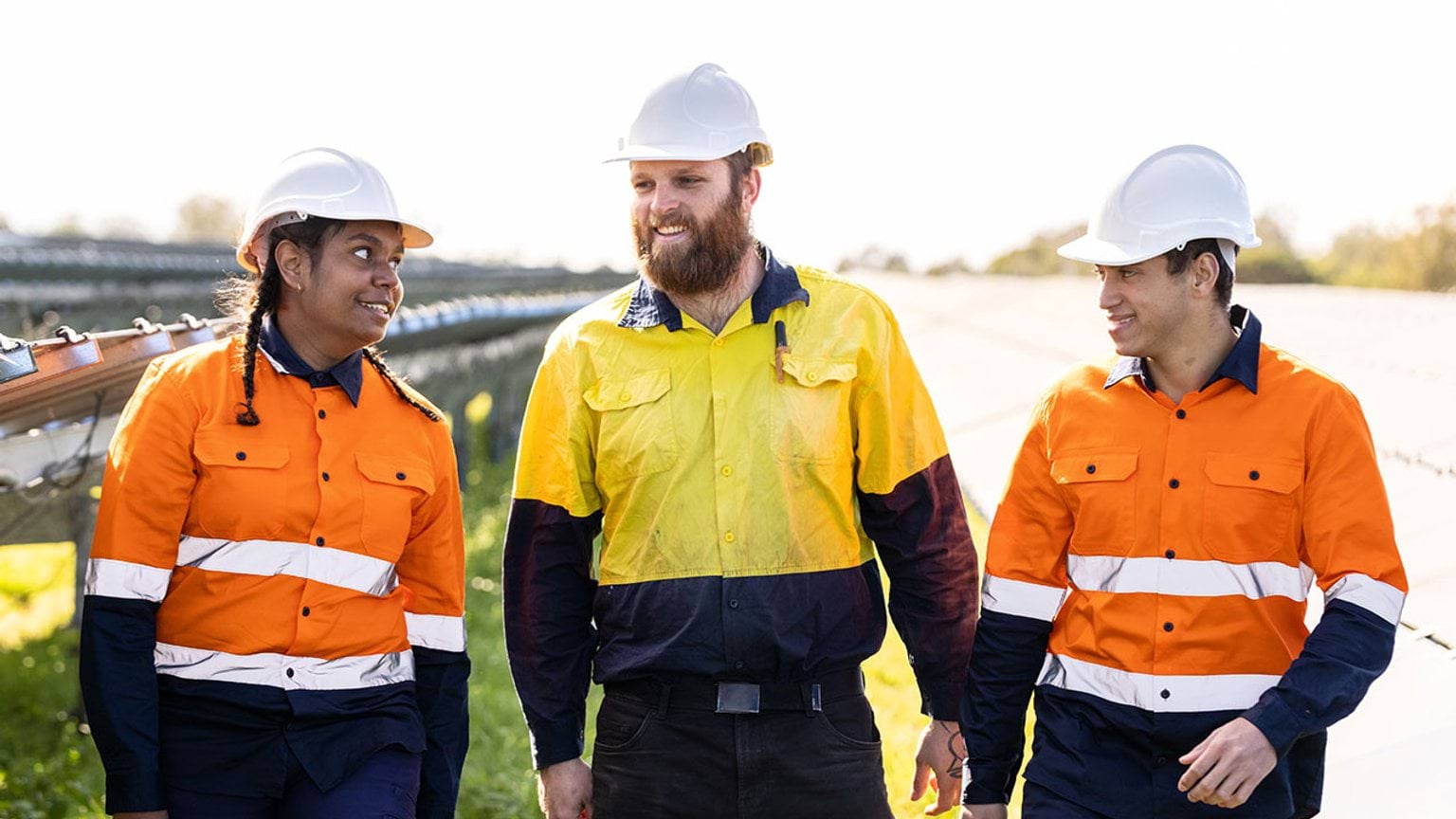In retail, customer service is central. Displaying and merchandising products effectively is also key. Most roles are customer-facing, but there are administration and behind-the-scenes jobs too. If you’re driven by sales and you love working with people, you’ll thrive in retail.
What people love about working in retail
Here are some of the benefits of working in retail:
- You can have regular, friendly interactions with customers and help solve their problems.
- There are many diverse roles available with growth opportunities, from assistant to manager.
- You can get creative with technology by building unique customer journeys both in store and online.
- The work is flexible, which means you can tailor your workload to suit your needs. There are opportunities for part-time, casual, full-time and shift work.
Where you can work
The retail industry has a wide range of employers. For example, you could work for a small locally owned business, a large department store, or anything in between. Some businesses will have a physical and online presence, and others may be only online or only a physical store.
The kinds of retail settings you could work in include:
- department stores
- general stores
- specialty stores
- pharmacies
- supermarkets
- convenience stores
- outlets which are fully online, or have an online and physical presence.
Job demand in Victoria
Below are employment projections for the retail trade industry in Victoria. Figures show the number of workers in 2024 and the new workers expected to enter the workforce by 2027 and 2034.
‘New workers expected’ accounts for workers adding new jobs to the economy and replacing retirees over the next 3 and 10 years. These projections are estimates only. There will be additional jobs available as people move between jobs and industries.
| Region | Workers 2024 | New workers expected by 2027 | New workers expected by 2034 |
|---|---|---|---|
| Victoria | 362,511 | 23,027 | 111,231 |
| Melbourne – inner metropolitan | 42,509 | 3,717 | 14.979 |
| Melbourne – inner south-east metropolitan | 32,310 | 1,553 | 7,769 |
| Melbourne – southern metropolitan | 59,025 | 3,306 | 16,841 |
| Melbourne – northern metropolitan | 42,844 | 3,114 | 15,560 |
| Melbourne – eastern metropolitan | 50,266 | 2,341 | 12,782 |
| Melbourne – western metropolitan | 50,624 | 5,165 | 22,423 |
| Ballarat and surrounds (Central Highlands) | 9,284 | 440 | 2,555 |
| Bendigo, Echuca and surrounds (Loddon Campaspe) | 12,974 | 580 | 3,170 |
| Geelong, Colac and surrounds (Barwon) | 20,719 | 1,265 | 6,822 |
| Gippsland | 14,669 | 758 | 3,532 |
| Horsham and surrounds (Wimmera Southern Mallee) | 2,485 | 37 | 345 |
| Mildura, Swan Hill and surrounds (Mallee) | 5,649 | 90 | 781 |
| Shepparton, Seymour and surrounds (Goulburn) | 6,166 | 205 | 1,192 |
| Wangaratta, Wodonga and surrounds (Ovens Murray) | 7,218 | 328 | 1,553 |
| Warrnambool, Hamilton and surrounds (Great South Coast) | 5,770 | 129 | 926 |
Source: Victorian Skills Authority Employment Projections Dashboard
Career success stories

Tahlia channels her creative flair into a career in floristry
“I found that the skills I was learning in the course I was able to practise in the workplace. It lights up people’s faces when they see their idea come to life from the flowers they have chosen.”

Styled for self-image: Paige’s hairdressing impact
“Our apprenticeships are naturally very practical. You’re in the salon getting first-hand experience which opens up windows of opportunity for learning, growth and making connections in the industry.”

James makes waves in the tourism industry
“TAFE provided a practical pathway to get back to my education after taking time away. It’s been the foundation for my future business ventures in the service and tourism industry.”
Resources to plan your next steps
Visit our retail industry profile to find out about:
- what it’s like to work in retail, and some of the jobs you could do
- training and skills to work in the industry, and financial assistance to help pay for your course
- help getting a job in retail, and industry job projections for Victoria
- other free resources and advice to plan your training and career.
Explore growing industries in your region
Updated



